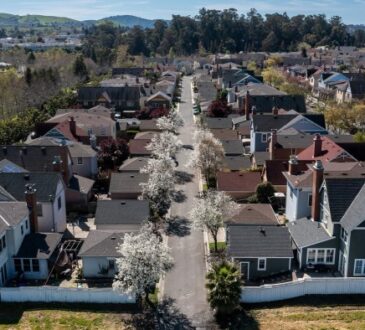
The National Flood Insurance Program (NFIP) was created in 1968 to provide affordable insurance against flood risk and decrease overall risk across the country. Since then, nearly 45,000 properties have met the criteria to become what the program refers to as Severe Repetitive Loss Properties (SRLPs). These properties, the most flood-prone structures insured under the NFIP, have flooded about five times each, on average.
Steps should be taken to mitigate flood risk for the occupants of these properties, such as elevating the buildings or helping the residents relocate. Funding for such steps might come from federal grants, state or local programs, or sometimes, from NFIP coverage. However, less than one-quarter of homes that have been designated as SRLPs have received assistance for reducing flood risk. And as flooding increases each year, the number of SRLPs only grows.
Even more concerning is the number of SRLPs that are no longer insured under the NFIP because the owners have dropped coverage—including for properties that have not yet received any flood mitigation assistance. These properties almost certainly still face high flood risk, but the residents no longer have a safety net to help them recover, likely because they can no longer afford coverage. As of December 2022, more SRLPs had become uninsured than those that had had their flood risk mitigated via elevations, buyouts, or other methods. This can create the appearance of risk reduction efforts being more effective (or there being fewer properties awaiting mitigation) than is actually the case.
It is painfully clear that the federal government is failing to protect current homeowners in flood-prone areas, and climate change will only increase the number of repeatedly flooded properties. According to data from FEMA, between 2013 and 2022, the NFIP paid an average of $2.8 billion per year (not adjusted for inflation) to cover flood-related losses. To avoid even greater losses—not to mention protecting the safety and health of millions of households—the nation must do better at addressing flood risk.
Severe repetitive loss data
The first step in addressing flood risk is understanding the current scope of the problem. However, data on flooding can be surprisingly hard to find. For years, there have been no publicly accessible data showing where SRLPs are located and how many have received mitigation assistance.
Previously, NRDC obtained data from the Federal Emergency Management Agency (FEMA) on all SRLPs in the United States as of May 31, 2018, and used that to create the first version of our Losing Ground dashboard. As of early 2024, the dashboard now contains data through December 11, 2022. Losing Ground shows the number of SRLPs in each state and NFIP participating community, as well as trends in SRLPs over time: how many properties qualified as SRLPs; how many were mitigated; and how many dropped insurance without mitigation.




